Hydrangea: A Guide to Growing and Caring for the Popular Flower
Hydrangea is a popular ornamental plant that has been growing for decades due to its beautiful flowers. There are dozens of species and even more varieties of hydrangeas, which come in a wide variety of colors, such as white, blue, pink, maroon, red, and even pale green. With varying foliage and flower heads, some hydrangeas have large, round flower heads, while others have smaller, flatter, and more delicate flowers.
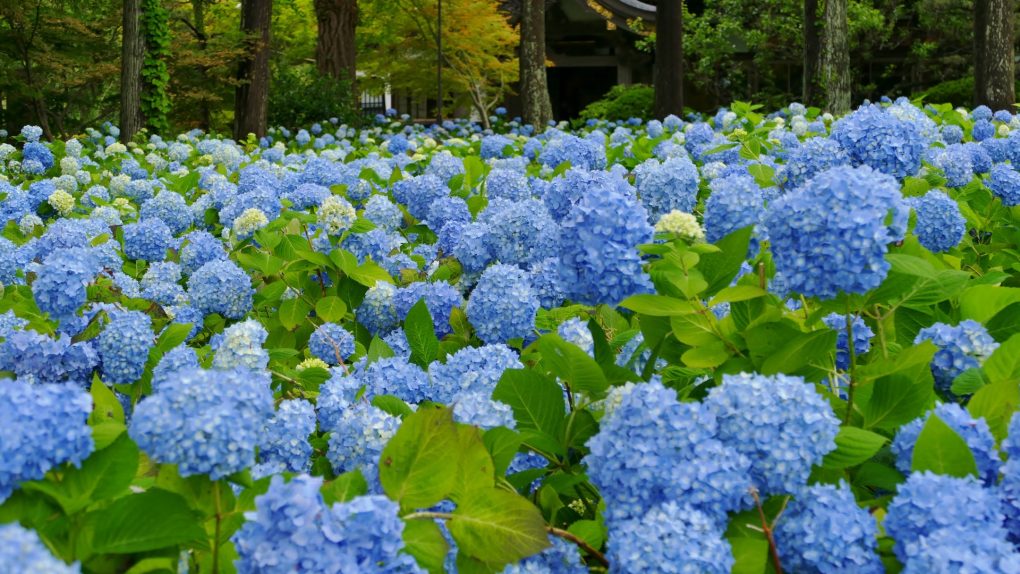
Hydrangeas belong to the family Hydrangeaceae, a genus of flowering plants. They are native to Asia and the Americas and are known for their large, showy flower heads that can be white, pink, blue, or purple.
Whatever your gardening experience, hydrangeas make a great addition to any landscape. These beautiful plants can provide years of enjoyment and beauty with a little care and attention.
Table of Contents
History of Hydrangea
The history of hydrangeas dates back centuries, with fascinating origins and cultural significance. Here, we explore the intriguing journey of this beloved flowering plant.
Origins and Early Cultivation
Hydrangeas, scientifically known as Hydrangea, are native to various regions across the globe. They are believed to have originated in Eastern Asia, particularly in China and Japan. These stunning flowers were first discovered and cultivated in these regions, where they quickly gained popularity for their beauty and versatility.
Introduction to the Western World
The introduction of hydrangeas to the Western world can be traced back to the late 18th century. Fascinated by the diversity of plant species in Asia, European explorers and botanists began to bring back specimens, including hydrangeas, to their home countries. This marked the beginning of their journey towards global recognition.
Victorian Era and Horticultural Advancements
During the Victorian era, hydrangeas experienced a surge in popularity among garden enthusiasts and horticulturists. The Victorians were particularly fond of the showy flower heads and delicate pastel colors of hydrangeas, which perfectly complemented their romantic and ornate gardening style.
In the late 19th century, significant advancements in horticulture, particularly in plant breeding and propagation techniques, further fueled the popularity of hydrangeas. As a result, breeders experimented with different varieties, developing numerous cultivars with varying flower colors, sizes, and shapes.
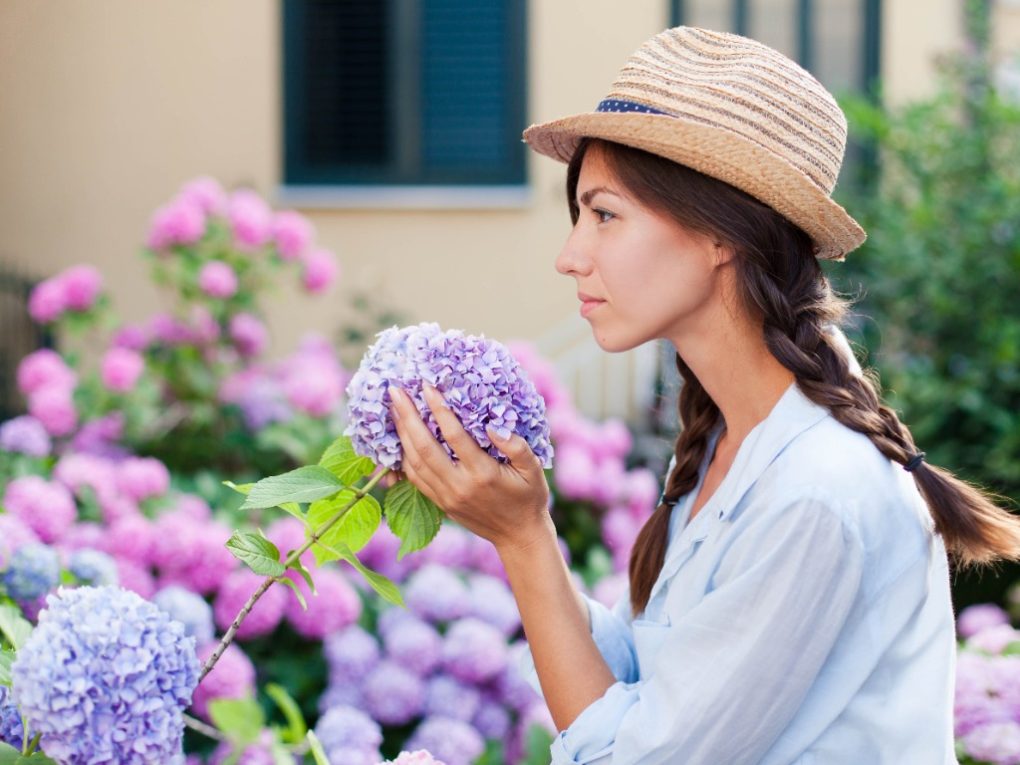
Symbolism and Cultural Significance
Hydrangeas hold cultural significance in various societies around the world. In Japan, they are revered as symbols of gratitude, sincerity, and heartfelt emotions, and are often used in traditional ceremonies, weddings, and as gifts to express appreciation.
In the Victorian language of flowers, hydrangeas were associated with emotions such as gratitude and understanding. These flowers were often given as tokens of appreciation or used in arrangements to convey heartfelt messages.
Modern Hydrangeas
Today, hydrangeas continue to captivate gardeners and flower enthusiasts worldwide. They are widely cultivated for their beauty, versatility, and ability to thrive in various climates. Modern breeding efforts have resulted in an even greater array of hydrangea cultivars, offering an abundance of choices for every gardener’s preference.
Hydrangeas can be found in various settings, from private gardens to public parks and botanical gardens. Their stunning blooms grace landscapes with their vibrant colors and unique forms, making them a beloved choice for novice and experienced gardeners.
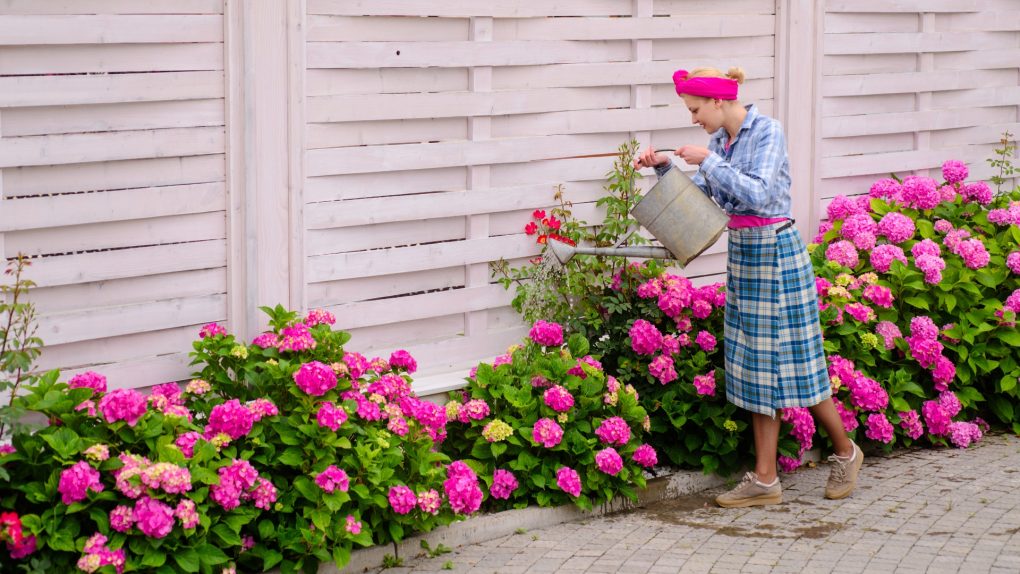
Appearance
Hydrangeas are deciduous shrubs that can grow up to 15 feet tall. They have large, serrated leaves that are usually dark green. The flowers are arranged in large, round clusters up to 12 inches in diameter. The individual flowers are small, have a tubular shape, and are surrounded by larger, showier petals that give the flower head a distinctive appearance.
Varieties
There are over 75 hydrangea species, and many more cultivars and hybrids. The most commonly grown species include:
- Hydrangea macrophylla: This species is also known as bigleaf hydrangea, known for its large, round flower heads that can be pink, blue, or white.
- Hydrangea arborescens: This species is also known as smooth hydrangea, known for its large, white flower heads that can be up to 12 inches in diameter.
- Hydrangea paniculata: This species is also known as panicle hydrangea, known for its cone-shaped flower heads that can be white, pink, or red.
Uses
Hydrangeas are popular ornamental plants for their attractive flowers and foliage. They are commonly used in gardens, as well as in floral arrangements and as cut flowers. Some hydrangea species are also used in traditional medicine to treat various ailments.
Growing Hydrangeas
Hydrangeas are a beautiful addition to any garden. Their big, showy blooms and easy-to-care-for nature make them a popular choice for many gardeners. This section will discuss how to plant, water, fertilize, prune, and protect hydrangeas from pests and diseases.
Planting
When planting hydrangeas, it is important to choose the right location. They prefer partial shade, so avoid planting them in direct sunlight. They also need well-draining soil that is rich in organic matter. Here are the steps to plant hydrangeas:
- Dig a hole that is two feet wider than the root ball.
- Keep the hole depth consistent with the root ball’s size.
- Create a slight mound to help increase water drainage away from the base of the plant.
- Gently remove the hydrangea from its container and inspect the root ball, snipping off any dead or rotting parts and teasing free the roots if the plant is especially root bound.
- Place the plant in the hole and backfill with soil.
- Water the plant thoroughly.
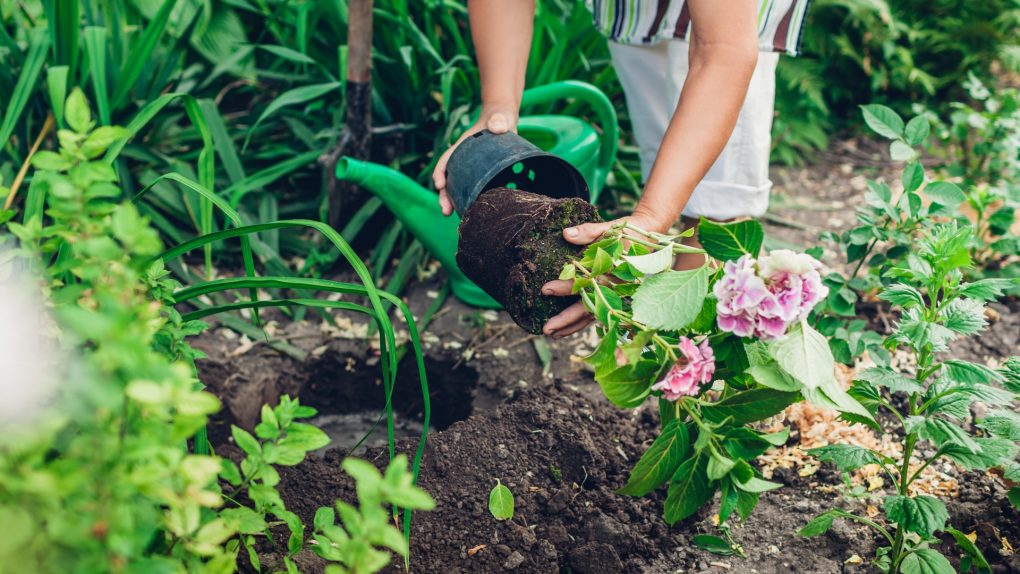
Watering and Fertilizing
Hydrangeas require regular watering. They prefer to be watered deeply, but only sometimes. Watering once a week should be sufficient but may vary depending on the climate and soil conditions. Fertilizing hydrangeas is also important to encourage healthy growth and blooming. Here are some tips for watering and fertilizing hydrangeas:
- Water hydrangeas in the morning before the sun’s heat is strong enough to evaporate soil moisture quickly.
- Avoid watering at night, which can encourage mold and mildew as moisture passes through the cool night.
- Use a balanced fertilizer that is high in phosphorus to encourage blooming.
- Fertilize hydrangeas in early spring and again in early summer.
Pruning
Pruning hydrangeas is important to maintain their shape and encourage healthy growth. However, it is important to prune them at the right time to avoid cutting off next year’s blooms. Here are some tips for pruning hydrangeas:
- Prune hydrangeas in late winter or early spring before new growth appears.
- Remove any dead or damaged branches.
- Cut back any old wood to encourage new growth.
- Deadhead spent blooms to encourage new growth and prolong the blooming season.
Pests and Diseases
Hydrangeas are generally resistant to pests and diseases but can still be susceptible to certain problems. Here are common pests and diseases that can affect hydrangeas:
| Pest/Disease | Symptoms | Treatment |
| Spider Mites | Yellowing leaves, fine webbing on leaves and stems | Spray with insecticidal soap or neem oil |
| Powdery Mildew | White powdery substance on leaves and stems | Spray with fungicide or neem oil |
| Leaf Spot | Brown spots on leaves | Remove infected leaves and spray with fungicide |
Hydrangea Care
Hydrangeas are beautiful and easy-to-care-for shrubs that can add color to any garden. Proper care is essential for these plants to thrive, and it starts with understanding their sun and shade requirements, soil requirements, watering needs, and fertilizing needs.
Sun and Shade Requirements
Hydrangeas prefer partial shade, especially in the afternoon. They can handle some morning sun, but direct sunlight for extended periods can cause their leaves to wilt and their flowers to fade. When planting hydrangeas, choose a location that gets morning sun and afternoon shade, or dappled shade throughout the day.
Soil Requirements
Well-drained organically rich soil is preferred by hydrangeas. They can tolerate a range of soil pH levels but thrive in slightly acidic soil with a pH between 5.2 and 6.2. If your soil is too alkaline, you can lower the pH by adding sulfur or aluminum sulfate. However, if your soil is too acidic, you can raise the pH by adding lime or wood ash.
Watering Needs
Hydrangeas require consistent moisture to thrive. They should be watered deeply once a week, providing at least an inch of water. They may need to be watered more frequently during hot, dry weather. To help retain moisture, add a layer of mulch around the base of the plant, but avoid piling it up against the stem, as this can cause rot.
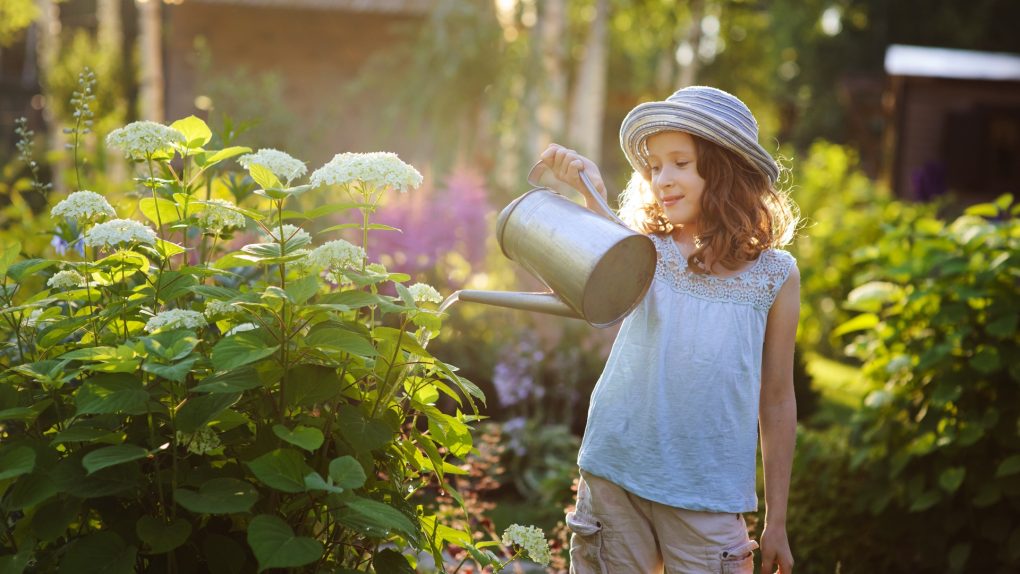
Fertilizing Needs
Hydrangeas benefit from regular fertilization, especially when they are first planted. Fertilize with equal amounts of nitrogen, phosphorus, and potassium. Hydrangeas can also be fertilized with a fertilizer formulated specifically for them. Apply fertilizer in early spring before new growth appears, and again in early summer after the first flush of blooms has faded. Avoid fertilizing in late summer or fall, as this can encourage new growth that may only have time to harden off after winter.
Conclusion
Hydrangeas are beautiful and versatile plants that add color and texture to any garden or landscape. If properly cared for and nurtured, they will thrive and produce beautiful blooms year after year.
When planting hydrangeas, it is important to consider the soil pH and the amount of sunlight they will receive. Hydrangeas prefer slightly acidic to neutral soil with a pH of 5.5 to 6.5 and partial to full shade. They also require regular watering, especially during hot weather.
Pruning is important to hydrangea care and can help promote healthy growth and abundant blooms. Hydrangeas blooming in the early summer should be pruned right after they bloom, while those blooming in the late summer/early fall should be pruned before they bloom in the spring.
Hydrangeas blooming in the early summer should be pruned right after they bloom, while those blooming in the late summer/early fall should be pruned before they bloom in the spring.
